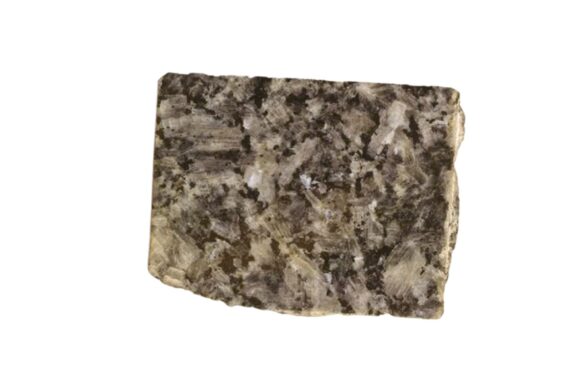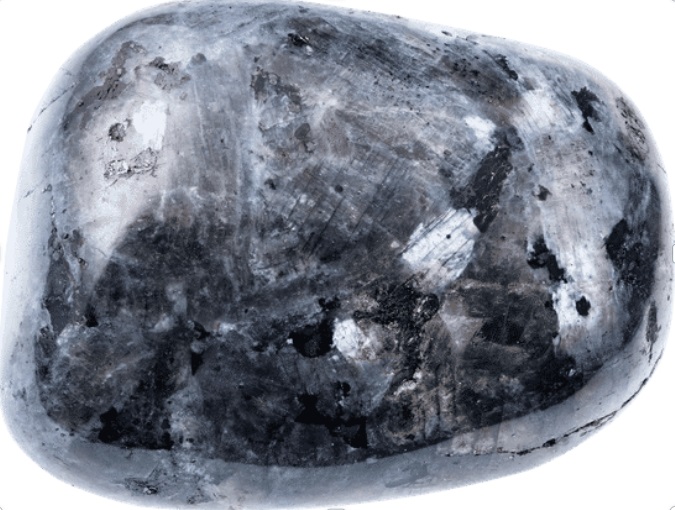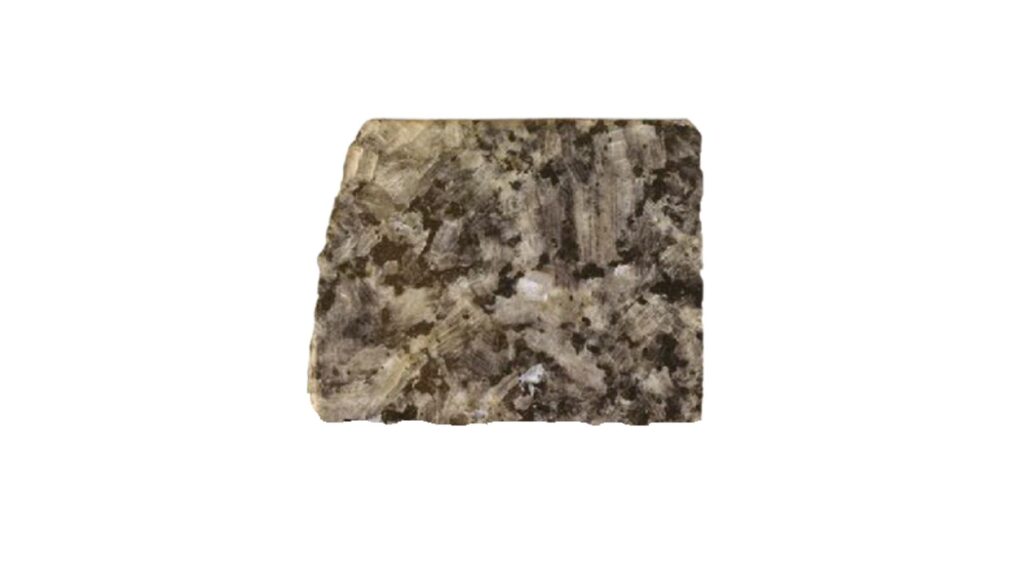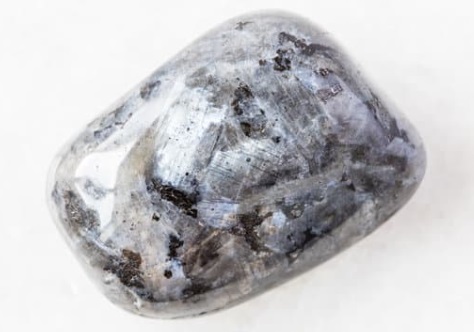Larvikite

1. Introduction
Welcome to the intriguing world of Larvikite, a geological wonder that captivates both geologists and enthusiasts alike. In this comprehensive guide, we will delve into the depths of Larvikite, exploring its composition, texture, origin, classification, color variations, and its various real-world applications. Additionally, we will take a glimpse at the global production of Larvikite.
2. What is Larvikite?
Larvikite, a striking variety of augite syenite, is an intermediate rock that boasts a unique mineral composition. This distinctive stone primarily comprises feldspar, pyroxene (usually Ti augite), mica, and amphibole. Furthermore, Larvikite contains trace amounts of nepheline and olivine. The remarkable feature that sets Larvikite apart is its captivating range of colors, often exhibiting a mesmerizing schiller effect.

Group: IGNEOUS
Origin: Intrusive
Grain size: Coarse
Crystal shape: Euhedral
Classification: Intermediate
Occurrence: Sill, Dyke
Color: Light, Dark
3. The Textural Marvel of Larvikite
TEXTURE
Larvikite’s texture is a marvel in itself. This coarse-grained rock showcases minerals forming in clots, creating an intriguing visual appeal. The interplay of minerals within Larvikite contributes to its unique texture, making it a favorite subject of study among geologists.
4. Origin of Larvikite
The origin of Larvikite is rooted in fascinating geological processes. It is primarily found in the Larvik Plutonic Complex of Norway. The formation of Larvikite can be attributed to the cooling and solidification of molten rock deep within the Earth’s crust. Over millions of years, the slow cooling process allowed the minerals within Larvikite to crystallize and form the distinct rock we recognize today.

5. Larvikite’s Classification and Crystal Structure
Larvikite falls into the category of syenite rocks, characterized by its composition rich in feldspar. Its crystal structure exhibits a unique arrangement of minerals, contributing to its distinct appearance and properties. The intricate details of Larvikite’s classification and crystal structure make it a subject of fascination for geologists.
6. A Spectrum of Colors in Larvikite
The color palette of Larvikite is a visual treat for enthusiasts and collectors. While Larvikite’s base color is typically dark to light gray, it is the feldspars that steal the show. These feldspars often display a distinctive schiller, a phenomenon where the stone appears to shimmer with iridescent colors when viewed from different angles. This play of colors adds to the stone’s allure and uniqueness.

7. Diverse Applications of Larvikite
Larvikite is not merely a geological curiosity; it also finds utility in various real-world applications. Some of its notable uses include:
- Interior Design: Larvikite’s captivating appearance and durability make it a popular choice for interior design, particularly in countertops, flooring, and decorative elements.
- Jewelry: Its schiller effect and beautiful colors make Larvikite a favored gemstone for crafting exquisite jewelry pieces.
- Architectural Projects: Larvikite’s robustness and aesthetic appeal make it an ideal choice for architectural projects, including facades and cladding.
- Metaphysical and Spiritual Practices: Some believe that Larvikite possesses spiritual properties and use it for meditation and energy work.

8. Global Production of Larvikite
The global production of Larvikite is driven by its diverse applications and demand in the market. While the exact figures may vary, it is estimated that Larvikite production occurs predominantly in Norway, where its quarries are located. The stone is also exported to various parts of the world to cater to international demand.
9. Conclusion
In conclusion, Larvikite is a geological gem that offers a fascinating blend of composition, texture, color, and real-world applications. Its origin in the Larvik Plutonic Complex of Norway and its unique crystal structure continue to intrigue geologists. Its aesthetic appeal and durability make it a versatile choice for architects, designers, and jewelry artisans. Whether you are drawn to Larvikite for its geological marvel or its practical uses, there’s no denying its timeless charm in the world of geology and beyond.
Explore the world of Larvikite, and you’ll discover a stone that not only stands the test of time but also captures the imagination of those who encounter it.
